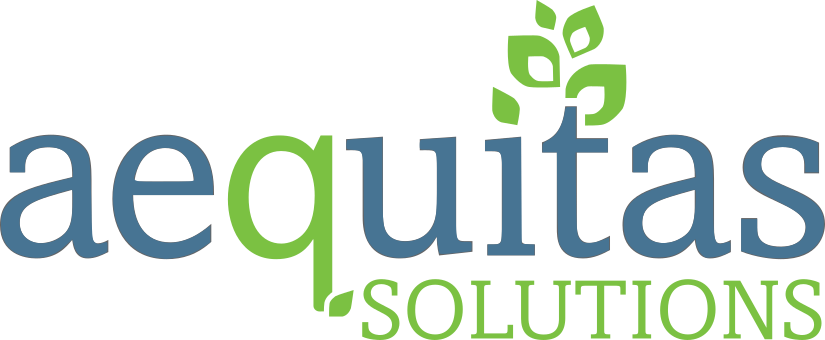A primary goal of in K-12 education is to ensure students achieve academic excellence as measured by their mastery of core subjects such as math, reading science, and social studies. To evaluate this goal, educators must measure students’ progress toward learning objectives in these core subjects. As schools evaluate the best way to measure student growth and mastery of learning objectives, they must choose between standards-based and traditional grading.
The choice between these two grading methods continues to stir discussions among educators, parents, and students alike. Each approach comes with its own advantages and disadvantages, affecting students’ learning experience and outcomes.
Proponents of standards-based grading argue that to help students understand and retain information — rather than just working towards a certain grade and moving on — standards- (SBG) should be at the forefront of this important decision. In this blog, we’ll dive into the numerous benefits of SBG and how to successfully implement this grading system for your school district.
What is Standards-Based Grading?
Standards-based grading is a grading method that shifts the focus from assessing a student’s performance through percentage-based assignments to evaluating their mastery of specific learning objectives or standards. Instead of a single cumulative grade, like a B or 86%, students receive feedback on individual skills or knowledge areas. This method aims to provide a more comprehensive view of a student’s strengths and weaknesses relative to traditional grading.
On the other hand, traditional grading, also known as the percentage-based grading system, is the conventional method of assigning grades based on a student’s overall performance in a course. This approach typically involves assigning a numerical value to various assignments, tests, and participation, which is then converted into a letter grade.
Pros of Standards-Based Grading
Standards-based grading has gained momentum in recent years — and for good reason. Focusing on students’ mastery of specific subjects rather than a singular grade helps them gain a deeper understanding of the material while promoting greater grading transparency.
Standards-based grading also helps educators better understand their students’ strengths and weaknesses. Since assessments are tied to specific standards, educators can pinpoint subjects or concepts that are challenging for their students and implement tailored lessons to help them better understand the material.
Focus on Mastery
SBG emphasizes mastery, a student’s depth of understanding of a given learning object, rather than their achievement of a certain grade. Students are encouraged to build proficiency in important concepts related to each learning objective, fostering a deeper understanding of the material. This approach also discourages the idea of ‘one-size-fits-all’ learning and supports individualized pacing and instructional methods.
Holistic Assessment
Standards-based grading provides a holistic view of a student’s academic abilities. Instead of being judged on a single test or assignment, students are assessed on various learning objectives (e.g. addition/subtraction and long division), allowing educators to identify specific areas of strength and weakness. This information can inform strategies tailored to each student’s needs in relation to each skill or objective.
Transparency
Standards-based grading brings clarity to the grading process. By breaking down assessments into specific learning objectives, students and parents gain a clearer understanding of what is required for them to achieve proficiency in a given subject. This transparency promotes open communication and a shared understanding of learning objectives and success criteria.
Encourages Growth Mindset
Because standards-based grading promotes the idea that learning is a continuous process, it creates a growth mindset among students. Students are more likely to view challenges as opportunities for improvement rather than as indicators of failure.

How To Implement Standards-Based Grading
Creating a clear roadmap for implementing standards-based grading can help the transition go smoothly. For any K-12 school district looking to switch to standards-based grading, knowing the challenges to this grading approach is crucial to increasing stakeholder buy-in.
For example, standards-based grading can be complex and time-consuming for educators, while the transition to a new grading system can be challenging for the district. Ensuring your Student Information System has standards-based grading functionality is the first step to reducing these burdens.
From determining standards to clear communication, there are some additional actions a school district can take to ensure a successful switch to SBG.
1. Identify Learning Standards
Begin by identifying the essential learning standards or objectives for the subject and grade level. Educators should look to state standards as a starting point for developing these learning goals. These standards should be measurable with a standards-based scale of 1-4 or 1-5. A 1 communicates that a student has little understanding of a concept, whereas a 4 or 5 shows the student can go above and beyond mastering the skill or subject.
2. Develop Assessments
Design assessments that align with each learning standard, ensuring that they accurately measure student mastery. These assessments can take various forms, including quizzes, projects, presentations, or performance tasks.
3. Provide Ongoing Feedback
Offer timely and constructive feedback to students based on their performance on individual standards. Focus on highlighting areas of strength and providing specific guidance for improvement.
4. Communicate with Stakeholders
Keep students and parents informed about the standards-based grading approach, including the rationale behind it and how it will impact their learning experience. Lines of communication should be used to proactively address any questions or concerns.
Standards-Based Grading for Your School District
Standards-based grading represents a shift in education, emphasizing mastery of content rather than meeting arbitrary grading criteria. By providing clear learning objectives, targeted feedback, and opportunities for growth, SBG empowers students to take ownership of their learning while enhancing instructional practices.
As educators continue to explore innovative approaches to assessment and instruction, standards-based grading stands out as a promising approach toward educational success and equity.
If your school is interested in implementing standards-based grading but faces roadblocks in your Student Information System, contact us at Aequitas Solutions. Our enterprise SIS, Q, has standards-based grading functionality built into our system for ease of use and instruction.

